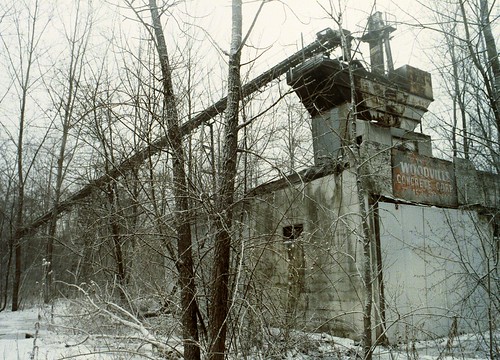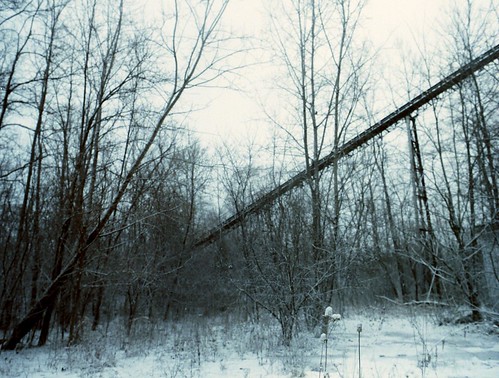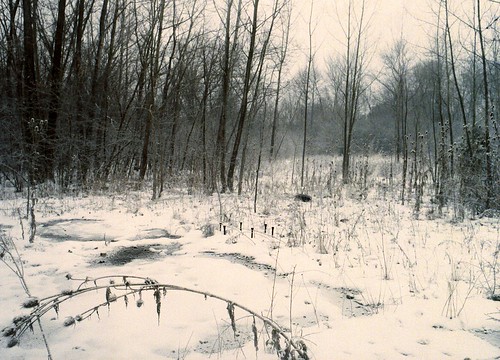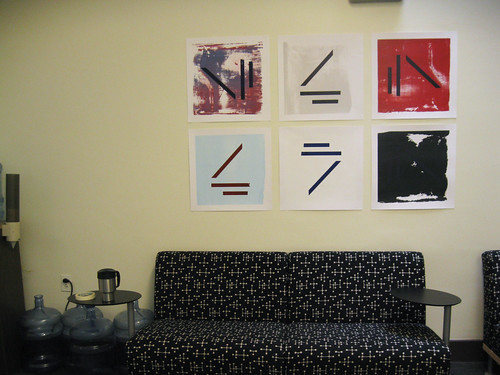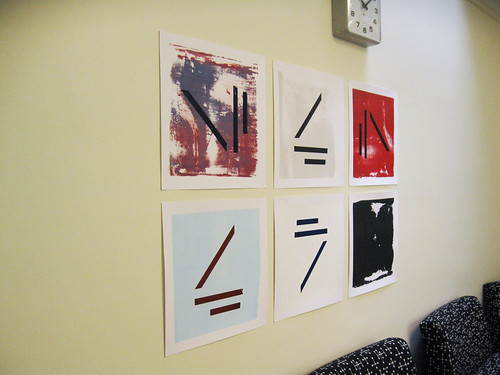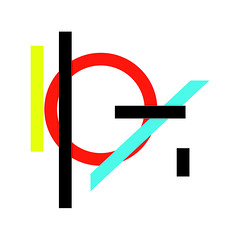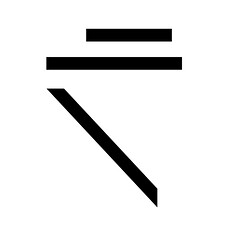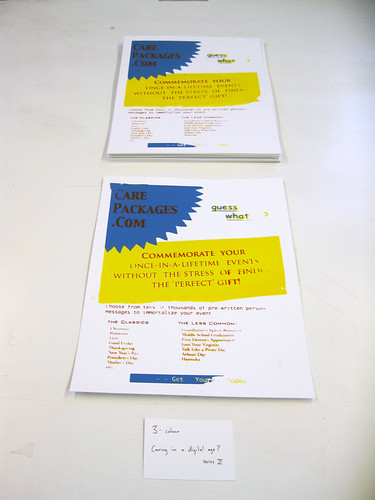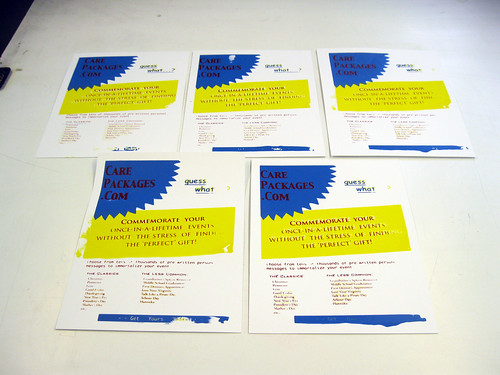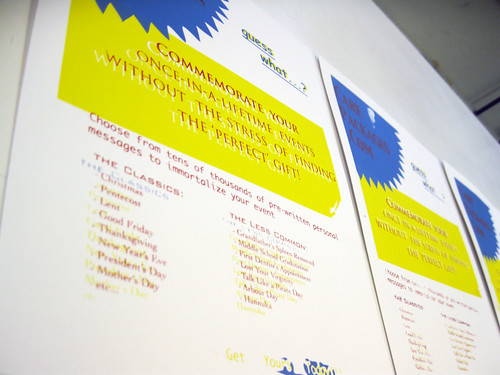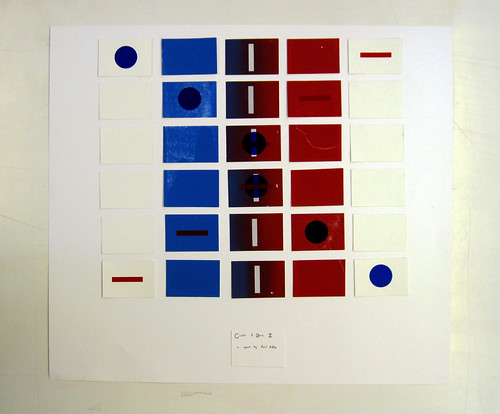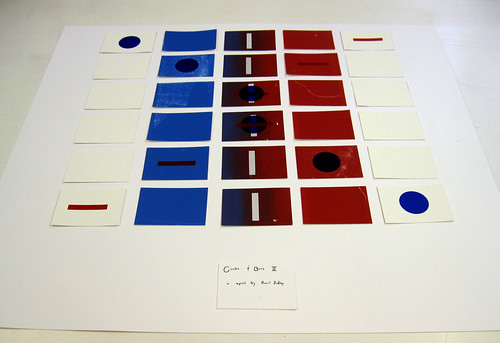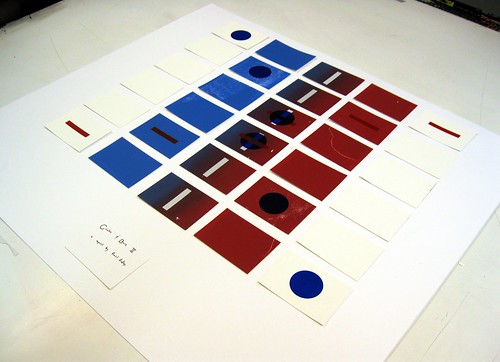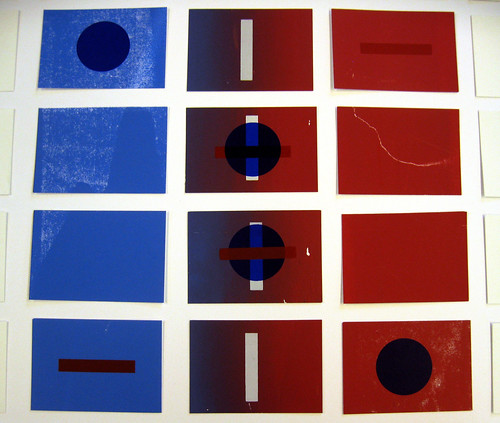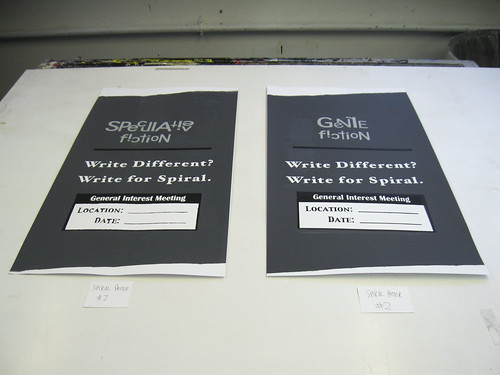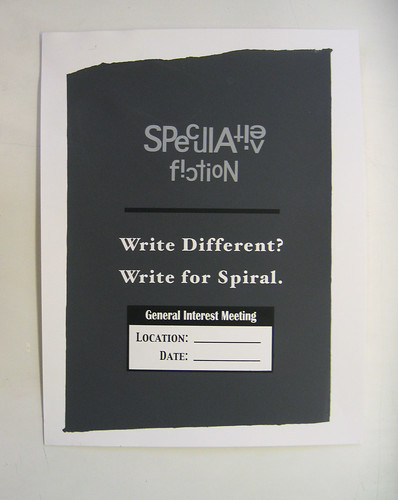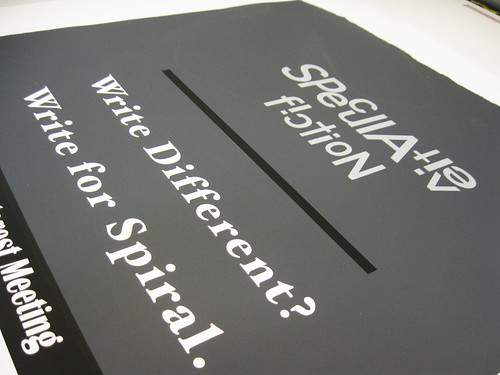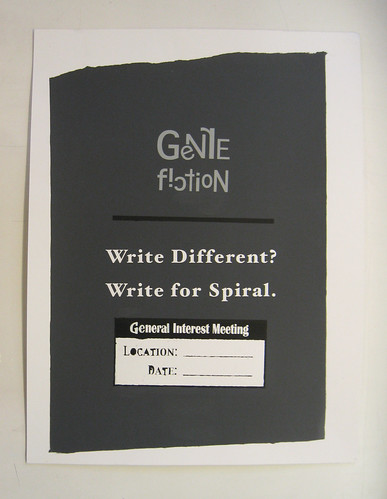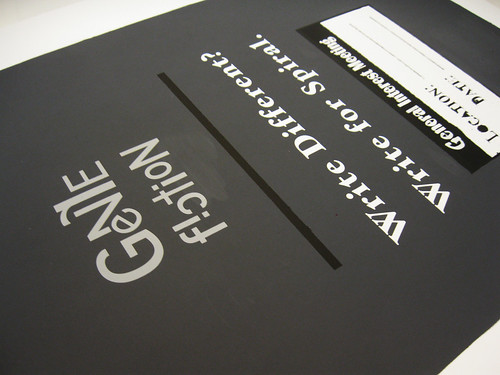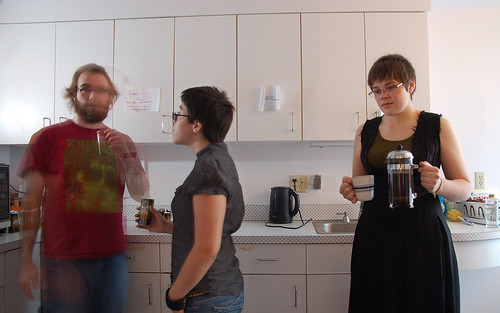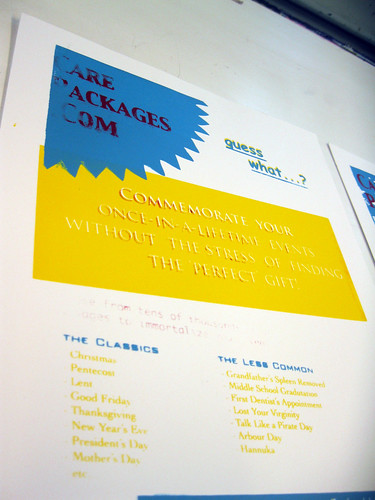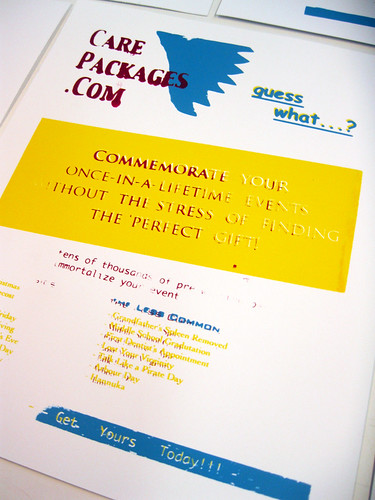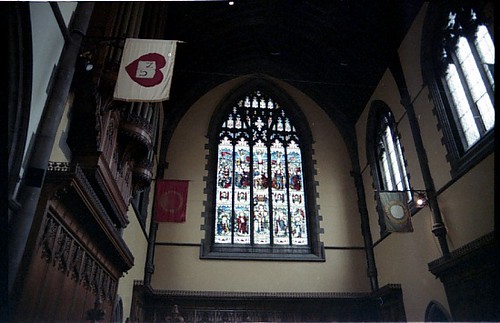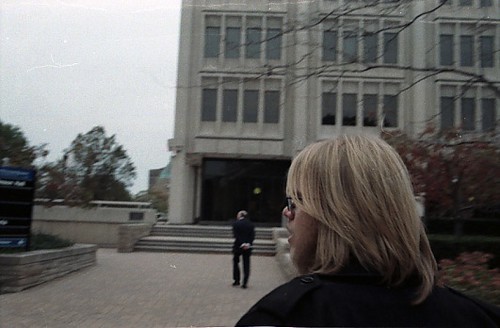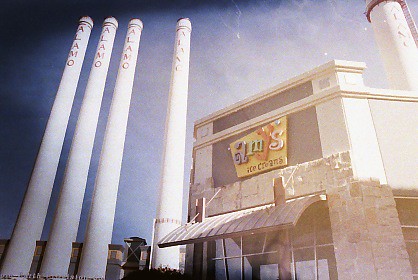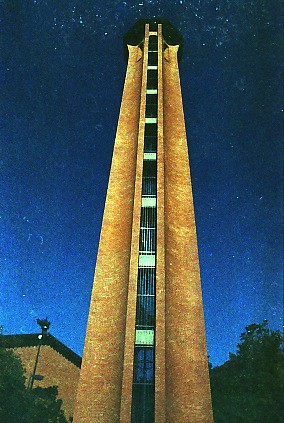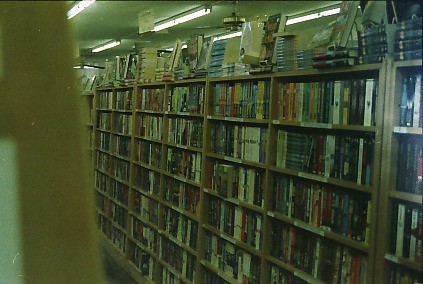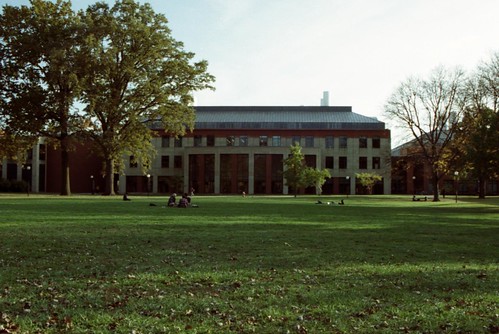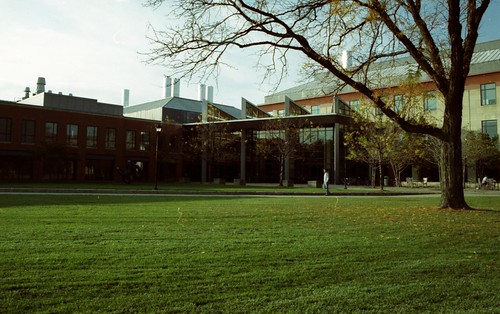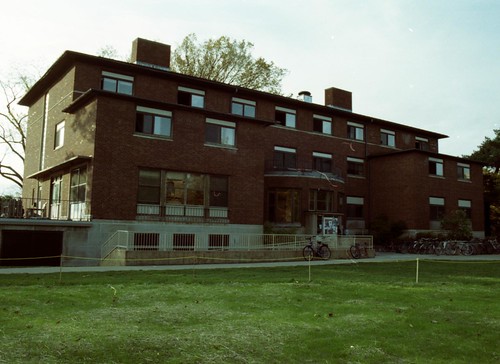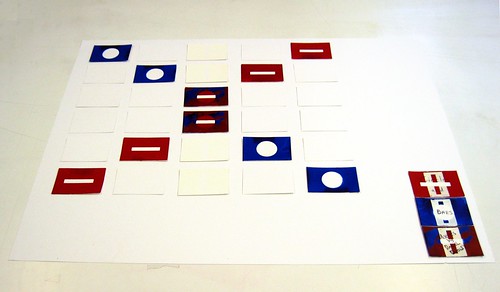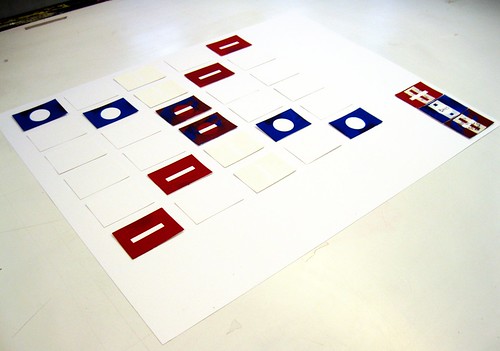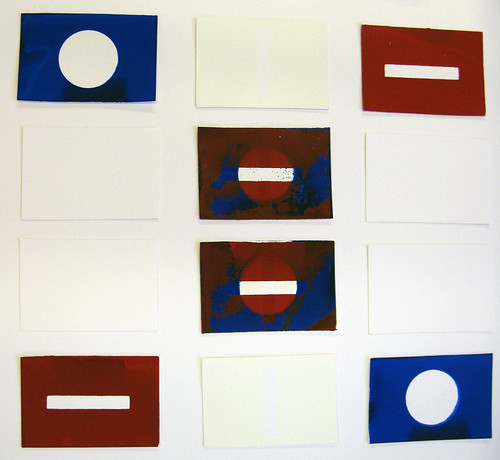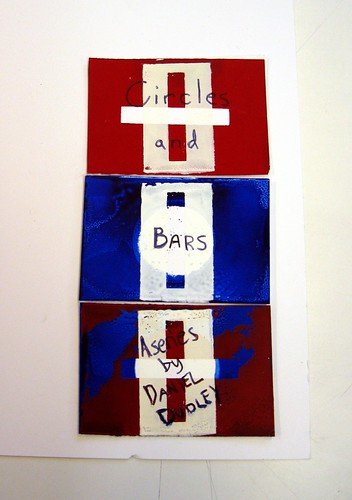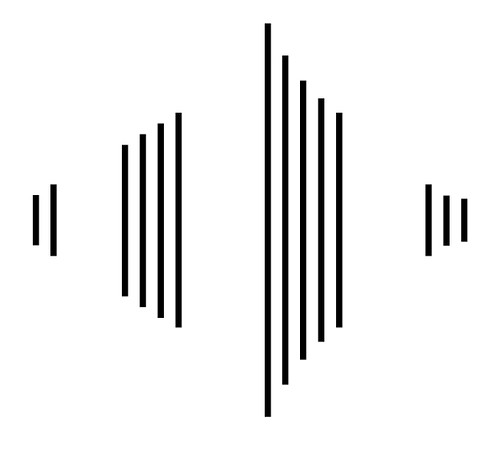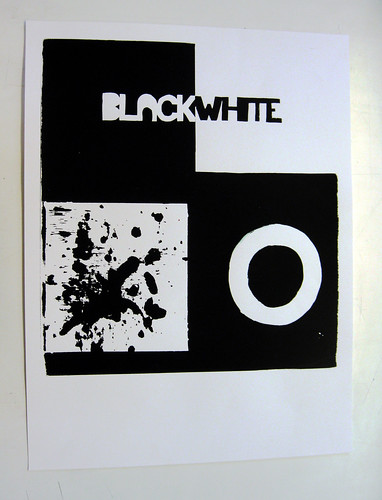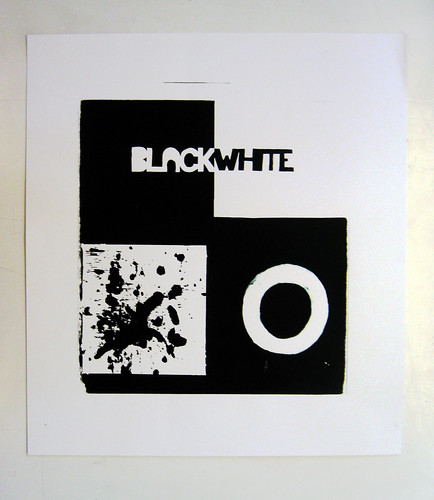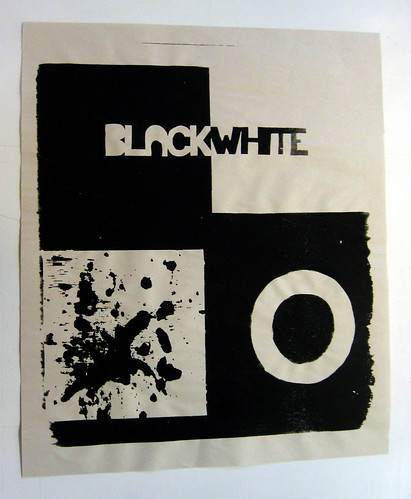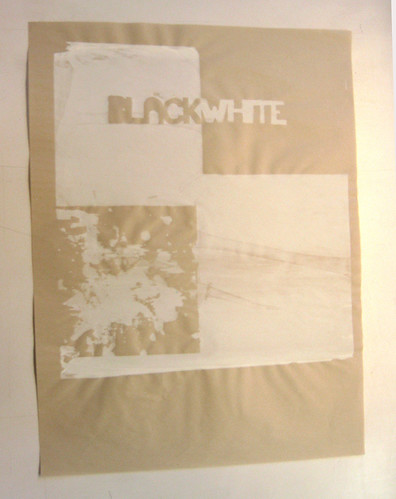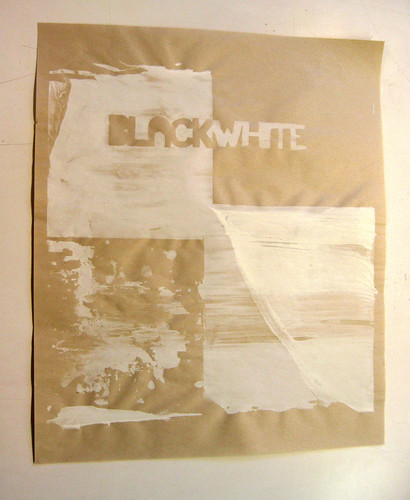Unsatisfied with my last project, I decided to try (for this project) to again move out of my comfort zone and try working, not only with an assistant, but also with models and in a specified setting.
My original idea was to work within the confines of temporal juxtaposition to address the issues of identity and habitual norms in the context of college life and outside of it. I was going to stage, what to me was stereotypical or commonplace moments of college life in setting and scene and place within those images a figure that I manufactured a out of a post-collegiate context. My inspiration for this project came to me in the image of five or six college students sitting around a messy quad uproariously drinking PBR while a lone figure in nice clothing stood in the background mixing themself a strong drink in a shaker amongst assorted top shelf alcohols. The title for this image was taken from the popular DJ Kicken Song "Ain't No Party Like an Alcoholic Party," which speaks to the concept of an alcoholic party versus a party where alcohol is present and also what constitutes a night of drinking in college and what is one post-graduation.
However, after presenting this image and some others (a stack of Starbucks
Doubleshot cans next to a French press and a bag of
Kona cofee and the image of three people in a communal shower, two of whom were naked and the other clothed in a bathrobe, hairnet, and flip flops) and my general ideas about the project to the class, they brought up a lot of things that had previously not occurred to me. As opposed to the juxtaposition between in versus out of college, they drew my attention a lot to the ideas of class and, in my case, the differences in taste and lifestyle in the Unites States (the home of many of my classmates) and in Europe (where I ostensibly 'grew up'). They also confirmed my suspicion that my third image (in the shower) was not really relevant to my chosen topic.
As class was really not what I was going for at all, I decided to return to my project and try to brainstorm some more about how I could eliminate these and focus in on this idea of temporal juxtaposition. Interestingly enough, through this exploration, I started to think more and more about my sense of identity as an individual and how this project was about not just the temporal college-to-postcollege shift, but also the cultural shift as well.
